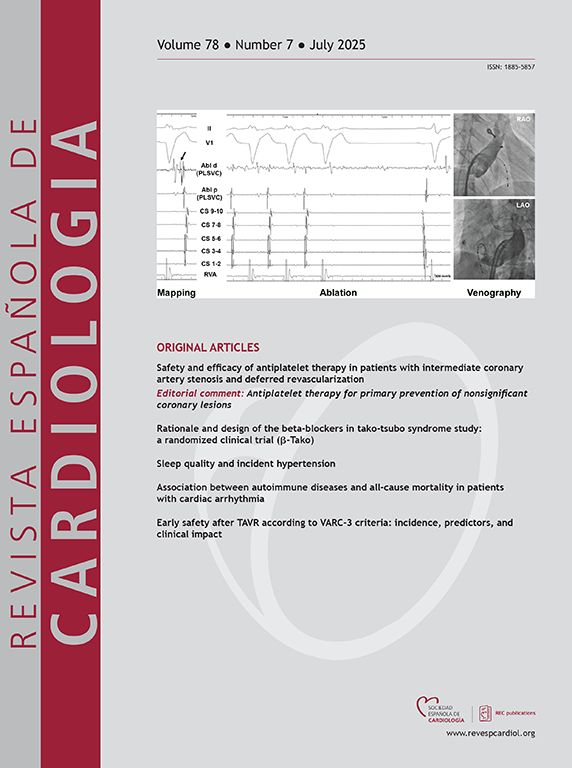Introduction and objectives: Stent implantation has become the gold standard for the treatment of native coarctation of the aorta (CoA) and recurrent CoA in adolescents and adults. In smaller children, however, stent implantation remains technically challenging due to anatomical constraints and growth considerations. Furthermore, data on the optimal treatment strategy in this age group are still limited. This study retrospectively analyzed clinical outcomes in young children treated with stent implantation for recurrent aortic arch stenosis.
Methods: A total of 101 patients (63 male; 62%) with a body weight of less than 15 kg were treated with endovascular stent implantation for re-stenosis of the reconstructed aortic arch (n = 94; 93%) or native CoA (n = 7; 7%). The median age at the time of stent implantation was 4.8 months (IQR, 3.2-9.6 months) with a median body weight of 5.9 kg (IQR, 4.7-8.4 kg). The median follow-up period was 46.4 months (IQR, 11.0-76.6).
Results: All procedures were successful, and no serious complications occurred. The peak-to-peak gradient decreased significantly from a median of 32.5 mmHg (IQR, 17.3-46.0 mmHg) to 0.0 mmHg (IQR, 0.0-2.5 mmHg; P < .005). The diameter of the narrow segment increased from a median of 3.0 mm (IQR, 2.0-4.0 mm) to 6.9 mm (IQR, 6.0 8.0 mm; P < .05). During follow-up, none of the patients required reoperation.
Conclusions: Stent implantation is a safe and feasible treatment option in patients with restenosis after complex aortic arch reconstruction or native CoA in whom surgical treatment would pose an elevated risk of complications. However, repeated dilatations and, ultimately, intentional stent fracture are required during follow-up.
Keywords
Identify yourself
Not yet a subscriber to the journal?
Purchase access to the article
By purchasing the article, the PDF of the same can be downloaded
Price: 19,34 €
Phone for incidents
Monday to Friday from 9am to 6pm (GMT+1) except for the months of July and August, which will be from 9am to 3pm

